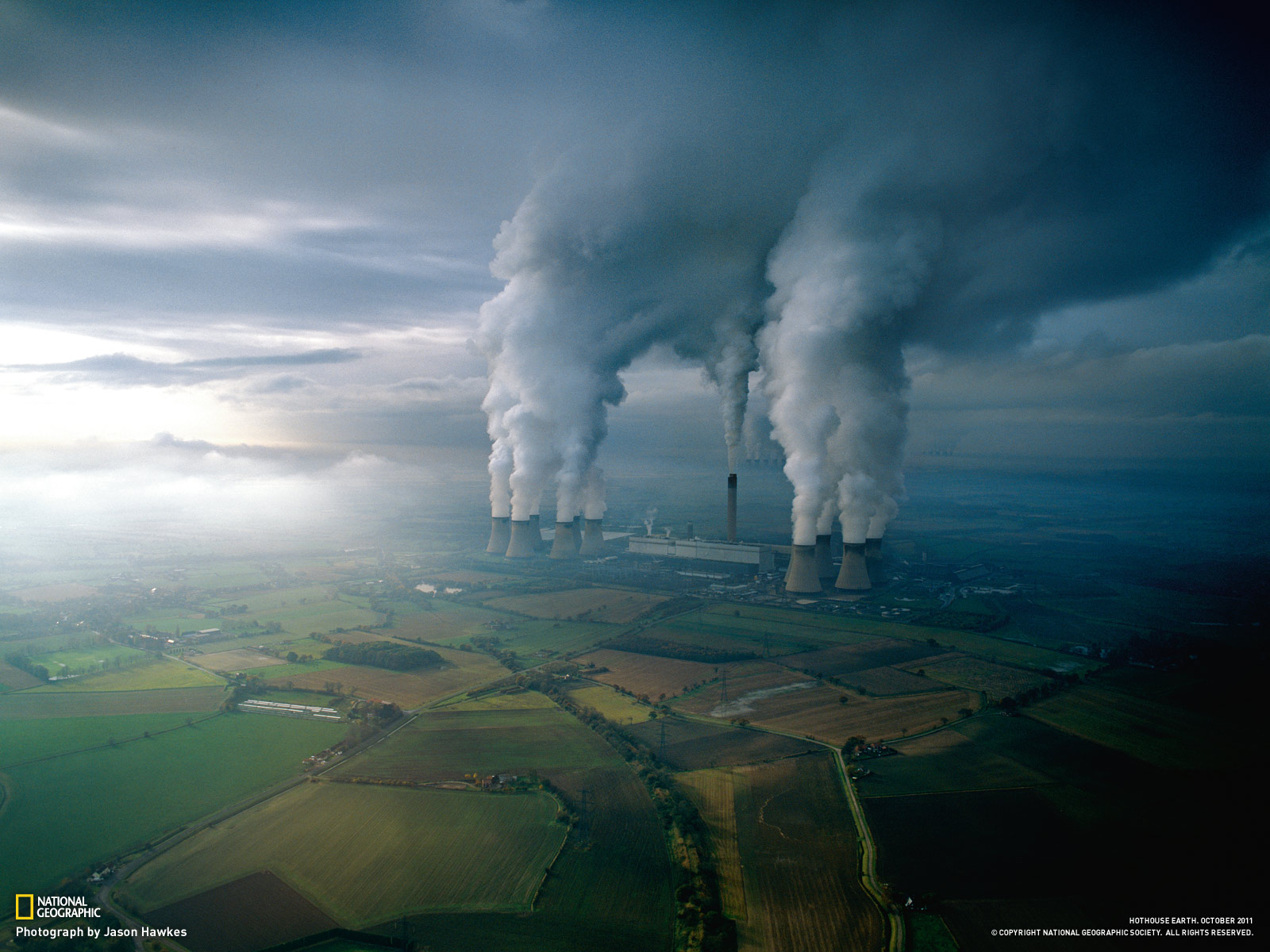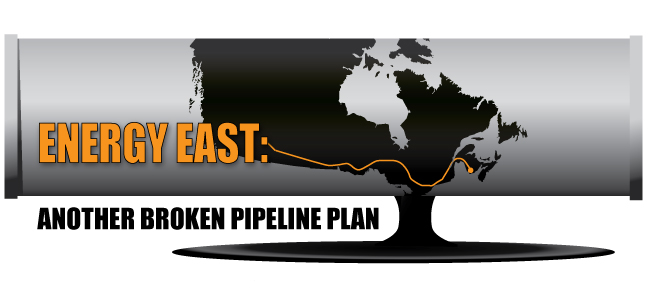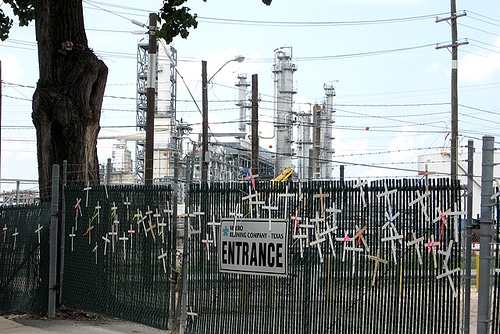video reposted from YouTube
Today we feature an interview with Amory Lovins, preeminent environmental thinker and co-founder of the Rocky Mountain Institute. With forty years of energy policy experience, Amory Lovins has dedicated himself to the idea that our energy future does not have to look like our energy past. Listen in as Arnie and Amory discuss transitioning towards a clean energy economy in the US and around the world.
The Road Less Taken: Energy Choices for the Future
https://tinyurl.com/mwrn6jn
The Rocky Mountain Institute
https://www.rmi.org/
Reinventing Fire: Bold Business Solutions for the New Energy Era by Amory Lovins, 2011.
https://tinyurl.com/mzj33sr
AG: Just in the last 8 months, we’ve had an enormous change in the nuclear industry. We started the year with 104 nuclear power plants and now we’re down to 99. We lost the Kewanee plant, Crystal River 3, San Onofre 2 and 3 and just last week the Vermont Yankee plant announced that it was shutting down.
AL: Quite a few nuclear plants are starting to shut down because they, too, are uneconomic to operate. They can’t compete with the wholesale power price and that’s regardless of what they may have cost to build originally. Because that cost is already sunk and you cant un-spend it. And anyway, it’s probably paid off by now because the plants are old. And I just wrote a piece in the April, 2013, The Atomic Scientist about the economics of U.S. nuclear phase-out, and we’re in one. It’s kind of in slow motion but any nuclear plant that has big repair bills like Crystal River or San Onofre stands a good chance of shutting down, and it’s kind of like having the engine blow up in your car and it’s an old car and you’ve got to figure out, is it worth putting in a whole new engine and betting that something else important isn’t going to break during the time you wanted to get the benefit out of the new engine. And it’s a pretty hard bet to make because as these plants get old, stuff starts to wear out, you get fatigue and corrosion and all kinds of age-dependent effects, there has been a very rapid escalation in the real cost of big maintenance jobs on these plants, what are called net capital additions, because they’re actually added to the capital cost rather than expensed. And the industry has been pretty careful not to find out whether that escalation is mostly for upgrading to produce more power — whether it’s a productive investment — or whether it’s more and more big repairs caused by aging effects. That would be very bad news for those who have just gotten their licenses extended or are about to, to go into 20 years of overtime, because it would mean that your license lets you run the plant, but it’s not worth continuing to fix it. And I think there is some evidence emerging that for many plants, that will be the case.
AG: The New York Times, Matt Wald ran a story saying that the economics of these plants is marginal right now. And it’s especially true with the single-unit plants because they don’t have a second unit to average out the labor costs and it’s especially true because all these plants are now pushing 40 years. The net effect is that as soon as there’s a problem, management’s going to pull the plug and shut the plant down. The cost to keep your staff fed for the half-year or year to make a major repair can never be amortized in addition to the cost of the repair over 20 more years to the plant site.
AL: Yeah. This is very different, of course, from the situation with modular renewables. If you had a gearbox break on a wind machine or an inverter break on a photovoltaic plant, it’s a matter of typically days to weeks to get the new one in and you just plug it in and keep going. You don’t have to worry about radioactivity. It really isn’t a difficult repair — a standard industrial repair. And it only affects one unit at a time. It’s at most a few megawatts, it’s not 1,000 megawatts.
AG: The big issue here is how do we want our power to be generated 50 years from now. Do we want it to be large central stations controlled by larger corporations? Or do we want people-powered renewable energy? That battle was fought 100 years ago and the big corporations won. Well, with the invention of computers and distributed generation, solar power and windmills, we’ve been able to turn the tide and it’s time now for people to get back involved in energy production.
AL: In fact, the biggest game changer is that instead of having to build a cathedral like project for a decade for billions of dollars, in that time and for roughly that money, you can now build each year during your big plant construction period a solar manufacturing plant, which then each year thereafter will produce enough solar cells that each year thereafter they can produce as much electricity as your big plant would have produced. So the scaling can be incredibly rapid (…) SOURCE

 Canada’s green bonds market made a significant breakthrough in 2012 thanks to three renewable energy project bonds valued at a total of $855 million, according to a new report on Marketwired.
Canada’s green bonds market made a significant breakthrough in 2012 thanks to three renewable energy project bonds valued at a total of $855 million, according to a new report on Marketwired.

![[Pink+thumbnail.jpg]](../-0fyXzWId36s/TzJ7yms0n1I/AAAAAAAAAB0/rhyBiYRA1GM/s220/Pink-thumbnail.jpg) I have to come to believe that climate change is the great challenge of our generation and it is our obligation to do what we can to solve it. When we read the science we know that we are headed on a collision course with the life support systems of the planet. We don’t know how much time we have but we fear it is very little. It will take an enormous effort by all of us working together to turn things around. With politics in their current state it is difficult to believe we can do anything. Pause. We must believe that if we take action we can change things. As Maud Barlow puts it, hope is a moral imperative.
I have to come to believe that climate change is the great challenge of our generation and it is our obligation to do what we can to solve it. When we read the science we know that we are headed on a collision course with the life support systems of the planet. We don’t know how much time we have but we fear it is very little. It will take an enormous effort by all of us working together to turn things around. With politics in their current state it is difficult to believe we can do anything. Pause. We must believe that if we take action we can change things. As Maud Barlow puts it, hope is a moral imperative.